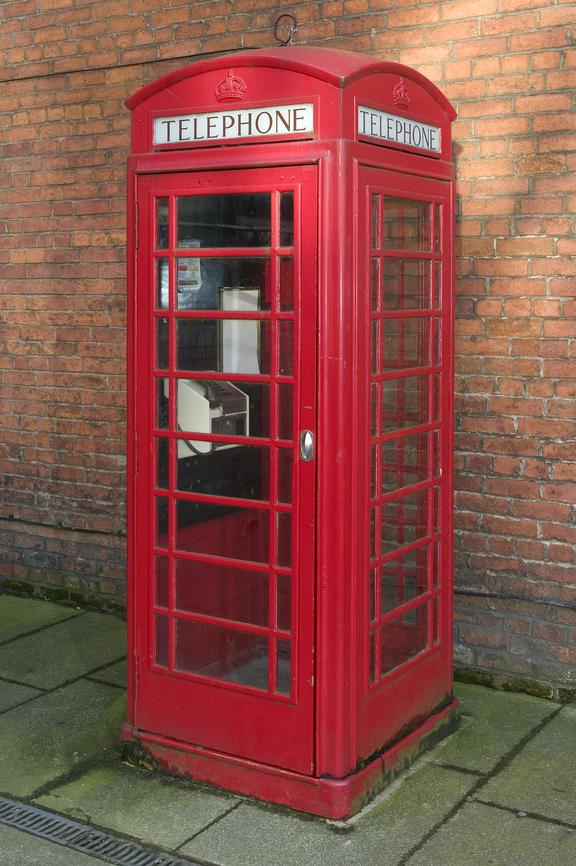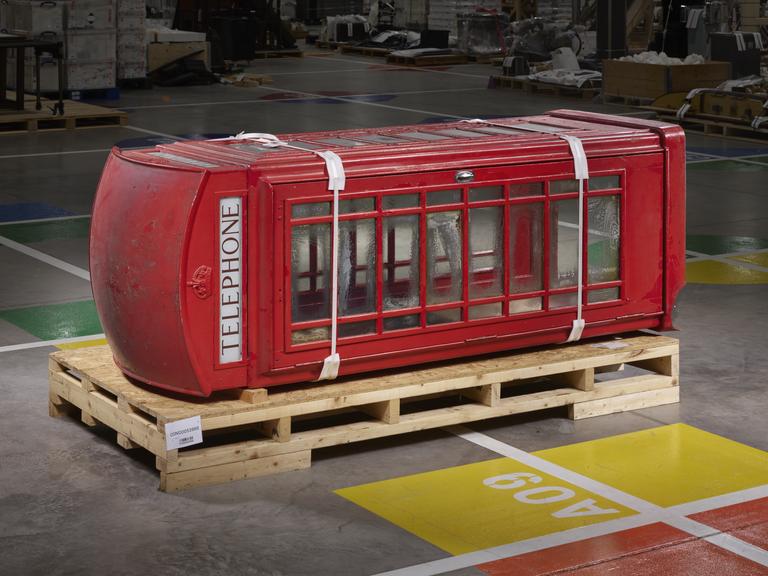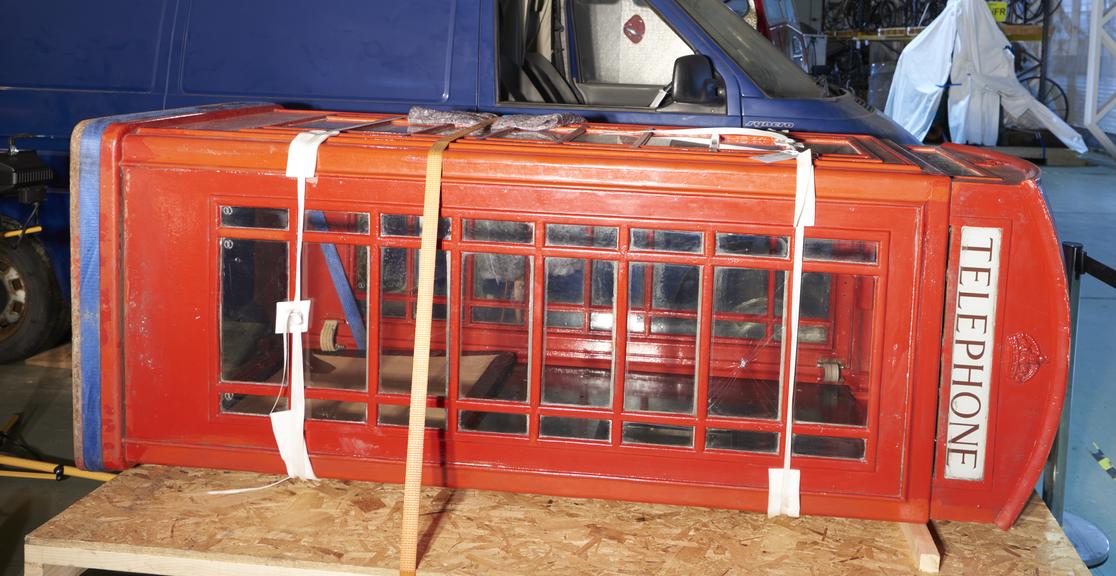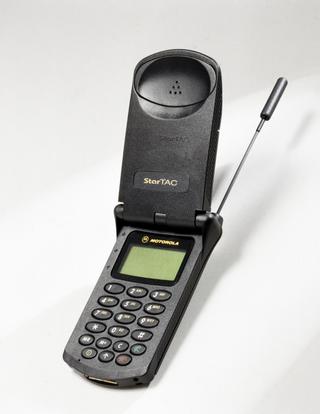General Post Office model K6 telephone kiosk in signature post office red, made by the Carron Company in Falkirk, c. 1955. Installed at Clarendon Road, Hazel Grove, where it remained until 1988.
Telephone kiosks meant phone calls could be made on-the-go, outside of the home or workplace. The inside of the telephone kiosk was designed to feel like an office, with space for writing.
The bright red telephone box was designed to grab attention in urban environments. To be instantly recognisable, the kiosks needed to be of standard design and colour. However, following petitions from the Council for the Preservation of Rural England, from 1946 some kiosks were painted a dark battleship grey to blend into rural scenery.
Telephone kiosks were introduced by the Post Office in 1921 to improve the UK’s telecommunication infrastructure. In 1978, the number of telephone kiosks on the street in the UK peaked at 73,036 kiosks. Our K6, which lived at Clarendon Road in Stockport, came to the museum in 1988 when it was replaced by a more accessible model.
Since the 1980s, the building of the cellular network and rise in mobile phone usage has reduced the use of telephone kiosks. However, telephone kiosks still provide an essential service. According to Ofcom data, four million calls were made from telephone kiosks in 2021/2022, including thousands of calls to 999 emergency services, Childline, and the Samaritans.








